Introduction
Navigating the complexities of Autism Spectrum Disorder (ASD) can be a challenging journey, but it is a journey that can be empowered with the right guidance and resources. In this article, we will explore various aspects of autism in women, from understanding the disorder and its unique challenges to the importance of early diagnosis and tailored support systems.
We will delve into the causes and risk factors of autism in women, as well as explore treatment approaches and strategies to improve social skills. Join us as we shed light on the experiences of autistic women and advocate for a world that not only understands autism but also embraces and supports their distinct path to fulfillment and contribution to society.
# 1. Understanding Autism Spectrum Disorder: A Brief Overview
Navigating the complex landscape of Autism Spectrum Disorder (ASD) can be a challenging journey, as it presents a wide range of effects on social interaction, communication, and behavior. Each person with ASD experiences the condition uniquely, necessitating a personalized approach to support.
A study involving 43 autistic adults who were diagnosed at age 18 or older reveals that individuals with autism prioritize support in their local areas, specialized training for professionals, and personalized support plans to manage the impact of their diagnosis. On the spectrum, there are those who may achieve a high level of independence, while others require more substantial assistance, highlighting the importance of tailored support systems.
The urgency for comprehensive care is underscored by a case from the United States, where a young child with ASD faced significant barriers in healthcare access due to social determinants of health. With insurance limitations, essential support for this child and others in similar situations often comes from non-profit organizations and community resources.
Meanwhile, research continues to delve into the origins of ASD, with recent studies investigating the links between genetics, environmental factors, and even gut biome connections. In Australia, the prevalence of autism diagnoses underscores the necessity for early identification and intervention. With a male-to-female diagnosis ratio of approximately 3:1, the National Disability Insurance Scheme (NDIS) plays a pivotal role in providing funding for services that support early development in areas like communication, social skills, and behavior management. This collective effort from healthcare professionals, educators, and community services is key to fostering inclusion and maximizing the potential of individuals with ASD.
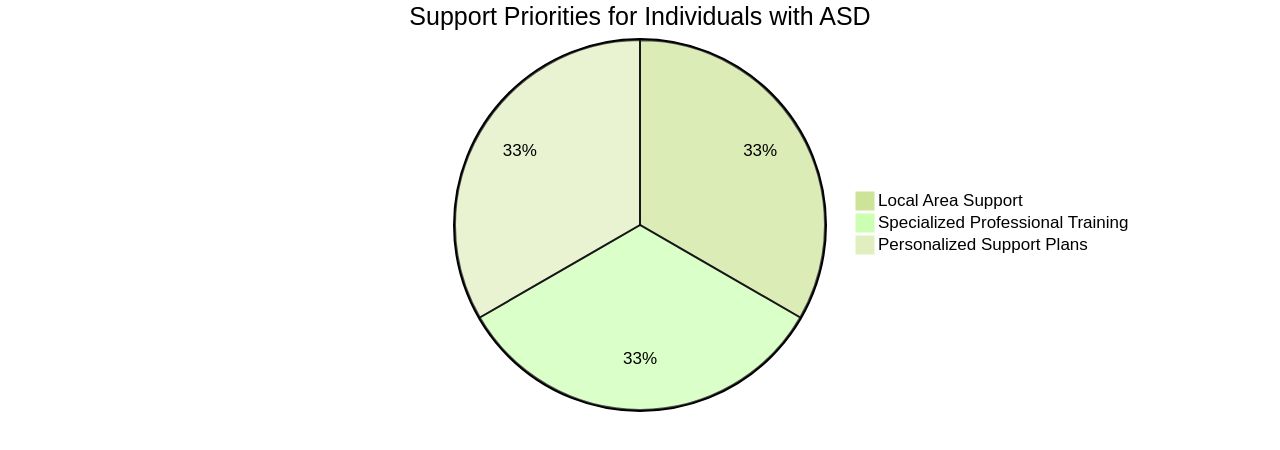
# 2. Gender Differences in Autism: Why Women are Often Overlooked
The narrative of autism has historically skewed towards males, reflected in a diagnostic gender bias that has left many women and girls on the spectrum unidentified and unsupported. State-wide data over two decades reveals a telling trend: while the diagnosis rates for females have risen, they lag behind that of males, and females are typically older when diagnosed.
The disparity is even more pronounced for those diagnosed late, defined as 13 years or older, particularly if they have a co-occurring intellectual disability. Such underdiagnosis or misdiagnosis has profound implications for mental health and well-being.
The recognition, crucial for fostering empathy and mutual understanding, often eludes females with autism due to deep-seated societal and linguistic biases. These biases shape perceptions, influencing how autism is described and understood, and can hinder girls from receiving the same level of recognition as boys.
The impact of a missed diagnosis can be far-reaching, with some women only receiving a diagnosis during life's crisis points, such as adolescence or menopause. This can lead to heightened anxiety, depression, and in some tragic cases, contribute to suicide. The female experience of autism is diverse and nuanced, often contrasting with traditional diagnostic criteria. As our understanding of autism's varied presentation across genders deepens, we are beginning to shed light on those who have felt lost in a world that has not recognized their differences.
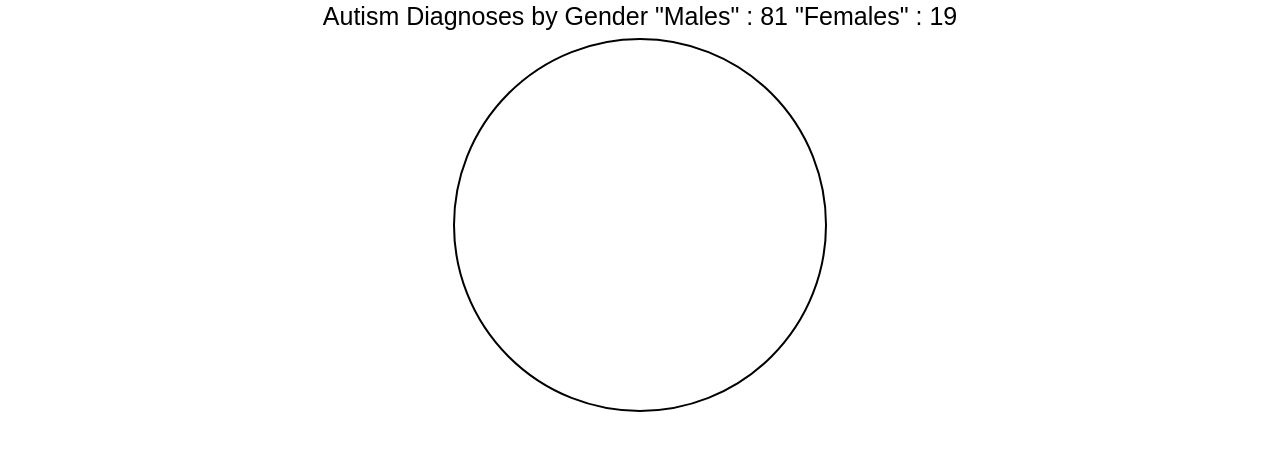
# 3. Common Symptoms of Autism in Women
Navigating the world with autism can be a solitary journey for many women, whose symptoms often manifest in ways that are misunderstood or missed entirely. The social challenges they face, from interpreting body language to maintaining friendships, are compounded by the societal expectations placed upon them.
Intense interests may mirror common hobbies, like fashion or celebrity culture, masking the underlying autism. Yet beneath these socially acceptable fascinations lies a complex reality of self-imposed scripts and passive behavior, employed to blend in and avoid scrutiny.
The consequences of these subtle presentations are profound. Women are frequently diagnosed later than men, if at all, leading to a lack of support and increased mental health risks.
Research indicates that autistic women are at a higher risk of developing eating disorders and other forms of self-harm. The social camouflaging that many resort to is not only exhausting but can also precipitate a crisis during pivotal life transitions, such as adolescence or menopause, where their carefully constructed coping mechanisms may falter. In a world where diagnostic tools are tailored to a male presentation of autism, women are often left to navigate their differences without guidance, leading to self-doubt and isolation. But when a diagnosis is finally given, it can be a revelation, replacing confusion with clarity, and providing a path forward to embrace their neurodivergent identity. As awareness grows and diagnostic criteria evolve to reflect the diversity of autistic experiences, more women are finding the understanding and support they need to thrive.
# 4. Unique Challenges Faced by Women with Autism
Autistic women navigate a unique set of challenges, often feeling compelled to 'mask' their autism to blend into social norms, which can lead to significant stress and anxiety. This pressure to conform can also trigger self-esteem issues as they grapple with a sense of difference.
Moreover, the risk of mental health problems, such as depression and eating disorders, is heightened among women on the autism spectrum. Research underscores this vulnerability, revealing that autistic women are over 13 times more likely to die by suicide than non-autistic individuals, signaling the critical need for specialized support and intervention.
The liberating impact of an autism diagnosis later in life cannot be overstated. It offers a transformative shift from confusion to clarity, allowing women to understand their need for alone time and the intensity of their sensory experiences.
This newfound self-awareness fosters a narrative that values their neurodivergent identity. However, the path to diagnosis is often fraught with obstacles.
Studies show that autism diagnoses are on the rise, with a more pronounced discrepancy among older adults who may have gone undiagnosed due to less awareness in the past. Late diagnoses are notably more prevalent in females, especially those with intellectual disabilities. The increasing rates of autism diagnosis in females compared to males highlight a growing recognition that the condition may be underdiagnosed in women, due to subtler symptom presentation. The lived experiences of autistic women, such as the insightful social media shares by Paige Layle, shed light on the internal struggles they face in everyday situations that others may find straightforward. These revelations underscore the importance of understanding the nuanced experiences of autistic women to better support their mental and emotional well-being.
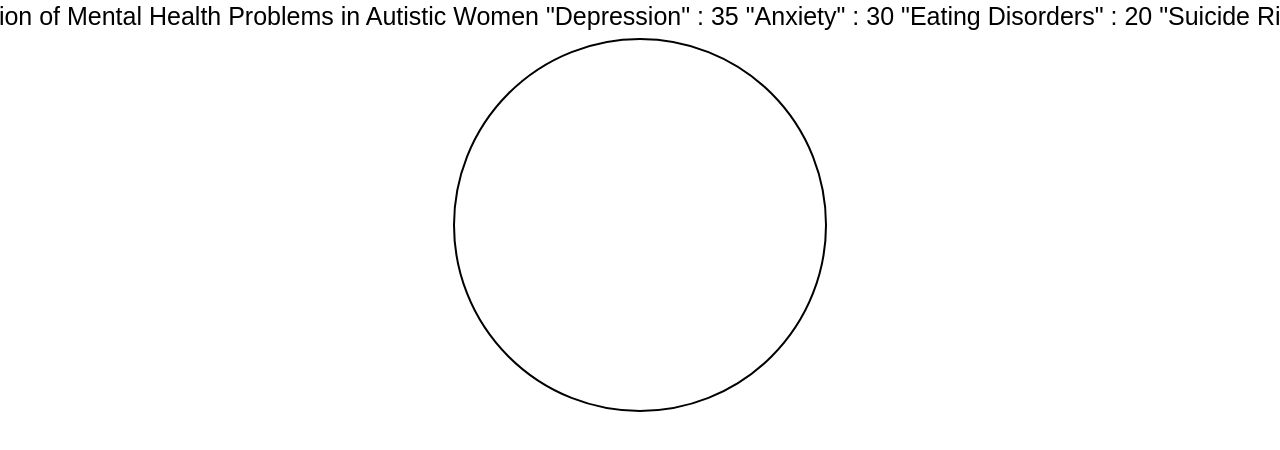
# 5. The Causes and Risk Factors of Autism in Women
Understanding autism's origins is complex, with studies pointing to a tapestry of genetic and environmental threads weaving together to form the condition's backdrop. Pioneering research led by Dr. Daniel Geschwind has illuminated the significance of genetic variation, particularly in families with multiple children with autism.
Geschwind's team identified seven genes - PLEKHA8, PRR25, FBXL13, VPS54, SLFN5, SNCAIP, and TGM1 - that appear to elevate autism risk. These genes were often accompanied by rare inherited DNA variations, a finding that underscores the necessity of including diverse family structures in genetic studies.
Compounding these genetic insights, recent findings indicate a potential link between infertility treatments and a heightened likelihood of an autism diagnosis, with a CDC report showing a rise in ASD diagnoses from one in 68 children in 2010 to one in 36 in 2020. Other environmental factors, such as prenatal exposure to cannabis, have also been implicated, suggesting a complex interplay of influences leading to autism. While the global prevalence of ASD is estimated at 0.6%, certain regions like Australia report higher rates. As such, it is imperative to consider a broad spectrum of potential risk factors, including the role of parental age, prematurity, and prenatal health, to fully grasp the multifaceted nature of autism's emergence.
# 6. Diagnosis of Autism in Women: The Importance and Difficulties
Navigating the complexities of autism spectrum disorder (ASD) in women presents unique challenges. With subtler manifestations than those often seen in males, women and girls may adeptly mask their difficulties, leading to underdiagnosis and delayed support.
This is particularly concerning given the stark statistic that women with autism are over 13 times more likely to die by suicide compared to non-autistic women. The stakes of early and accurate diagnosis are undeniably high, opening the door to life-changing interventions and a deeper self-understanding that can be described as a 'light in the darkness.'
The process of diagnosing ASD involves a thorough evaluation by a multi-disciplinary team, assessing behavior and developmental history. For women, the diagnosis often brings a liberating clarity, explaining why solitude is essential, social interactions are taxing, and certain sensory inputs can be intolerable.
It's a narrative shift, framing their experiences as part of a valuable neurodivergent identity. Alarmingly, research indicates that the prevalence of autism is much higher than government figures suggest, with a significant number of undiagnosed individuals, particularly among women over 50. This discrepancy points to a need for heightened awareness and tailored support. Furthermore, the increasing rates of autism diagnosis in females, especially those with co-occurring intellectual disabilities, underscore the urgency for evolving diagnostic criteria that reflect the diverse presentations of autism across sexes and genders. The journey to diagnosis can be a pivotal moment, replacing years of confusion with a newfound sense of belonging to a neurodiverse community.
# 7. Treatment Approaches for Women with Autism
Autism, a complex neurological condition, presents social skill challenges that require tailored support. Therapeutic strategies like Applied Behavior Analysis (ABA), speech therapy, and occupational therapy are vital.
Significantly, social skills training, which employs play and social interaction in natural environments, can enhance communication and learning abilities. Educational approaches such as the TEACCH program, emphasize consistency and visual learning, helping individuals with autism to thrive.
Structuring the classroom and visual daily routines can lead to improved academic and other outcomes. Recent research underscores the importance of early intervention.
According to the CDC's 2023 Community Report on Autism, early therapeutic intervention, ideally before age three, can lead to improved independence and cognitive development due to the infant brain's neuroplasticity. However, less than half of children with autism receive a developmental evaluation by this age, and many face a lengthy wait for diagnosis and treatment.
The need for comprehensive support is echoed by the NFWI Public Affairs team's report, revealing a staggering 90% of autistic women and girls experience a lack of awareness in healthcare settings. With 75% of respondents indicating insufficient support, it's clear that accessible and informed healthcare is imperative. Furthermore, the challenges of 'masking' to appear neurotypical, especially among women, can lead to burnout, emphasizing the need for understanding and support throughout various life stages, including pregnancy and menopause. Innovative research, such as the use of AI to streamline autism assessments, holds promise for reducing the burden on healthcare providers and expediting the support process. Discoveries like the regulatory role of PI4-kinase in brain cell activity offer new potential treatment targets, fostering hope for enhancing brain function in those with autism.

# 8. Strategies to Improve Social Skills for Women with Autism
Navigating the social landscape can be particularly challenging for individuals with autism, including women, who may find it essential to develop a deeper understanding of social cues, hone their conversational abilities, and learn effective strategies for managing social anxiety. Tailored approaches like role-playing exercises, the use of social stories, and participation in group therapy sessions have shown promise in facilitating these skills.
These methods not only aid in learning social nuances but also provide a safe space for authentic social interactions, enabling individuals to engage in ways that are true to themselves without the pressure of camouflaging to fit perceived norms. Moreover, the integration of self-care practices and stress management techniques complements these social strategies, contributing to overall well-being.
This holistic approach is bolstered by a collaborative effort between caregivers and healthcare providers, who must work in unison to create personalized care plans. The significance of this collaboration is reflected in the success observed when community-based providers are trained to identify autism, as evidenced by a recent study showing an 82% concordance rate with specialists' diagnoses.
Furthermore, the importance of such personalized and inclusive strategies is underscored by the fact that autism manifests uniquely across individuals. For instance, among the diverse autism community, there are "twice exceptional" students, who excel academically and may benefit from tailored support that acknowledges both their talents and social skill challenges. The goal is to ensure that each individual's unique needs are met, paving the way for successful transitions into various life stages, including higher education and employment, where only 21% of individuals with disabilities are currently employed. This integrated approach to social skill development is not only empowering for the individual but also enriches society by embracing neurodiversity.
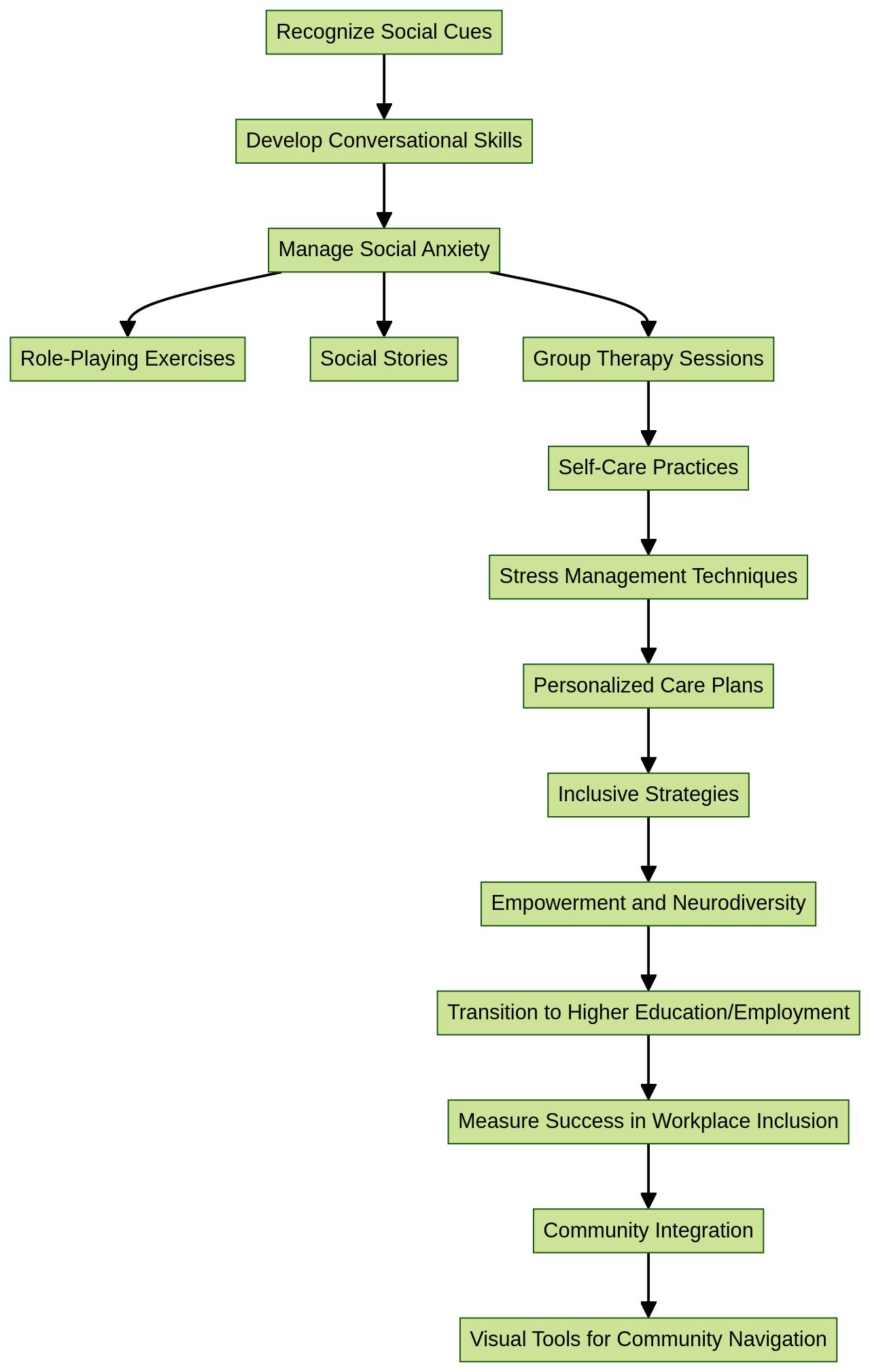
# 9. Role of Support Systems and Resources for Women with Autism
Navigating the complexities of autism, especially for women, requires a robust support framework that addresses their unique challenges. Research has illuminated a staggering reality: autistic women face a suicide risk 13 times higher than non-autistic individuals, emphasizing the need for specialized support and intervention.
The journey to self-discovery through an autism diagnosis can be transformative, providing clarity and a sense of identity that reframes formerly alienating traits as integral aspects of neurodiversity. Yet, the path to diagnosis and support is fraught with obstacles.
A significant 90% of neurodivergent women reported a concerning lack of awareness in healthcare settings, while three-quarters cited a dearth of available support. Alarmingly, nearly half found the diagnostic process difficult, and over half waited more than a year for treatment.
These systemic barriers are compounded by a historical bias in autism research towards children and white males, leaving autistic women to navigate a world where their needs are often invisible or misunderstood. The rates of late diagnosis in females are climbing, with the age of diagnosis remaining higher for females than males.
This is especially true for those with co-occurring intellectual disabilities. The lack of timely support is not limited to autistic women; it extends to autistic individuals of color, who face additional systemic hurdles, including racial biases and healthcare disparities. A recent study reveals that 6.9% of U.S. adults struggle to receive the social and emotional support they need, with the gap widening for those with disabilities. For women with disabilities, 12.1% rarely or never receive the necessary support, compared to 5.9% of those without disabilities. These statistics underscore the urgency of cultivating inclusive, empathetic, and informed support systems that honor the diverse experiences of autistic individuals across all stages of life.
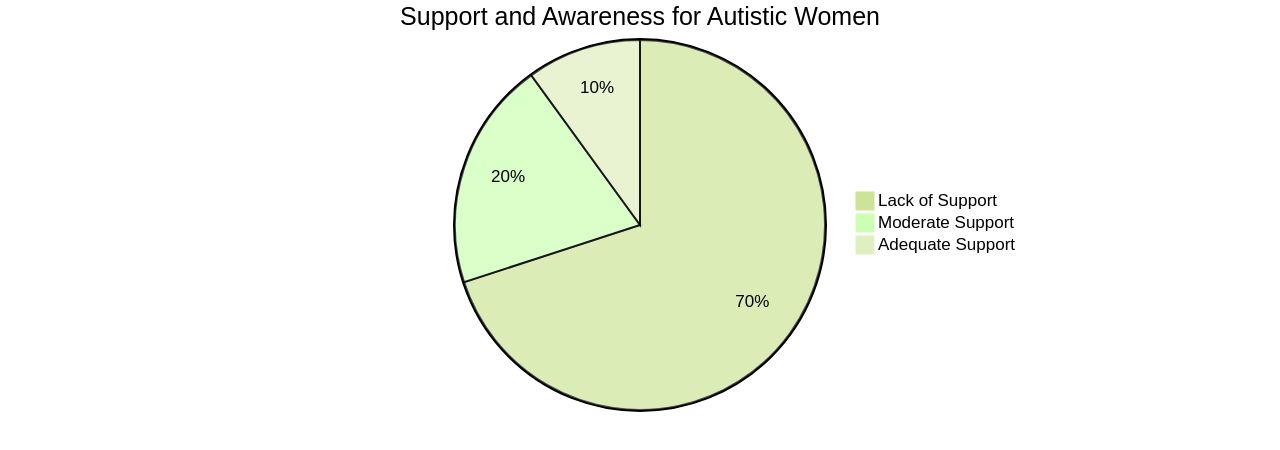
# 10. Empowering Women with Autism: Pathways to Potential
The journey of recognizing and supporting women with autism is both challenging and essential. Take the poignant story of Zoe, whose struggle with a misdiagnosis of EUPD rather than autism tragically led to her passing. Her mother Jean, through the 'Break the Cycle' campaign, emphasizes the dire need for change and better support for those on the spectrum.
Similarly, Jordyn Zimmerman's experience highlights technology's role in giving a voice to non-speaking autistic individuals, transforming lives and challenging long-held misconceptions about their capabilities and emotions. The 'Autism: From Menstruation to Menopause' project further illustrates the importance of including diverse autistic voices in research, particularly to understand the unique experiences of autistic women. The alarming statistic that autistic women are 13 times more likely to die by suicide than non-autistic individuals underscores the urgency of tailored support and interventions.
Additionally, the National Federation of Women's Institutes shines a light on the pervasive lack of awareness and support for autistic women in healthcare, with 90% of their survey respondents acknowledging this gap. Initiatives like the Blue Envelope program demonstrate proactive steps towards improving interactions between autistic individuals and law enforcement, aiming to prevent the tragic outcomes that are disproportionately high among this community. The narratives of autistic women, coupled with the insights from research and the voices of advocates, build a compelling case for a world that not only understands autism in women but also embraces and supports their distinct path to fulfillment and contribution to society.
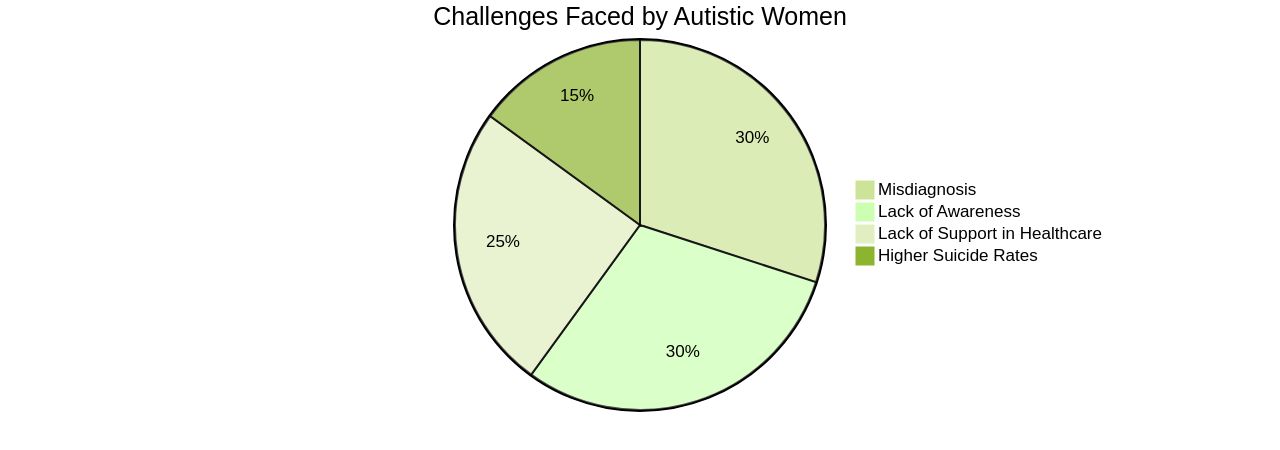
Conclusion
In conclusion, navigating Autism Spectrum Disorder (ASD) in women requires understanding their unique challenges. Historically overlooked and underdiagnosed, women with autism face profound implications for their mental health. Early diagnosis and intervention are crucial for support and empathy.
Symptoms of autism in women are often misunderstood or missed entirely. However, a diagnosis can bring clarity and embrace their neurodivergent identity. Causes of autism in women involve genetic variations and environmental influences.
Understanding these factors is essential for targeted interventions. Diagnosing autism in women is challenging due to subtler manifestations and biases. Early and accurate diagnosis is crucial.
Tailored treatment approaches, early intervention, and collaboration between caregivers and healthcare providers are vital for supporting women with autism. Improving social skills involves personalized strategies, stress management techniques, and self-care practices. Support systems must address the unique challenges faced by autistic women.
Awareness in healthcare settings, barriers to diagnosis and treatment require empathetic support systems. By recognizing the experiences of autistic women and providing tailored support systems, we can empower them to fulfill their potential. It is our collective responsibility to create a world that understands, embraces, and supports autistic women.




